Getting Started With RSS

Bookmark or Discuss: Del.icio.us - Furl It - Slashdot - Digg
If you are like most in the Internet business industry (or any industry for that matter) you spend a lot of time researching information and keeping up to date on trends and best practices. Thanks to the overwhelming amount of information that people must sift through in order to stay ahead of the game (these days usually achieved through emails) RSS can provide some significant benefits when it comes to saving your most valuable commodity - time.
As such, I thought it would be wise to develop a guide to using RSS for saving time associated with researching and keeping up to date on vital, virtual information.
RSS stand for Real Simple Syndication or Rich Site Summary (depending on who you are talking to). Essentially, RSS (or one of its variations such as ATOM) is a text based format of XML - which in laymen's terms means a list of items typically containing a title, a summary and a link to a web page. Most RSS feeds are reverse-chronologically ordered (the most up-to-date information is listed higher) and available at most websites for your use free. While knowing what RSS is tends to be less important than how you can use it to your advantage, it's always nice to have some background information when you're conversing at parties or cavorting at hidden bars in Chicago.
For anyone that reads a multiple emails or web pages every day, an RSS feed aggregator is a necessity. RSS aggregators are set up to periodically check for new items in the feeds you are subscribed to, commonly once every hour. With RSS, the news comes to you, rather than you having to go to the news. This saves a tremendous amount of time. In addition, you can read many more feeds in the same amount of time. You can also avoid all the non-new information on a web page, including the ads, menus, or take it a step further and skip information that is not interesting or relevant to your objectives.
To get started with RSS, you must use an RSS reader or RSS aggregator - a program which collects all the RSS feeds you have decided to subscribe to and presents them through one interface. There are hundreds of aggregators (my preferred provider is Bloglines.com) including some general purpose services from Yahoo and Google. To find an RSS reader, search for "RSS reader" at your favorite search engine.
Finding and Subscribing to RSS Feeds
Finding RSS feeds to subscribe to is pretty easy - you probably already have access to them. Go to your favorite website (if they have a web search function you could search for it) but there should be a "subscribe to feed" option somewhere available - you can also search through multiple RSS feeds at sites like CompleteRSS.com. Once you find the feed (you may also see the buttons below), click it, copy the website URL in the address bar and submit it to your RSS aggregator - some will actually be added to your RSS aggregator automatically.
Subscribe now to the Website Services Magazine RSS feed:
![]()






It may seem a little confusing but that's because there is no standard to subscribing - each aggregator is different. Take a few minutes to figure out how to use RSS and you'll quickly be on your way to speeding research time - which means more time handling business.

Subscribe to Our Newsletter!
Latest in Marketing








